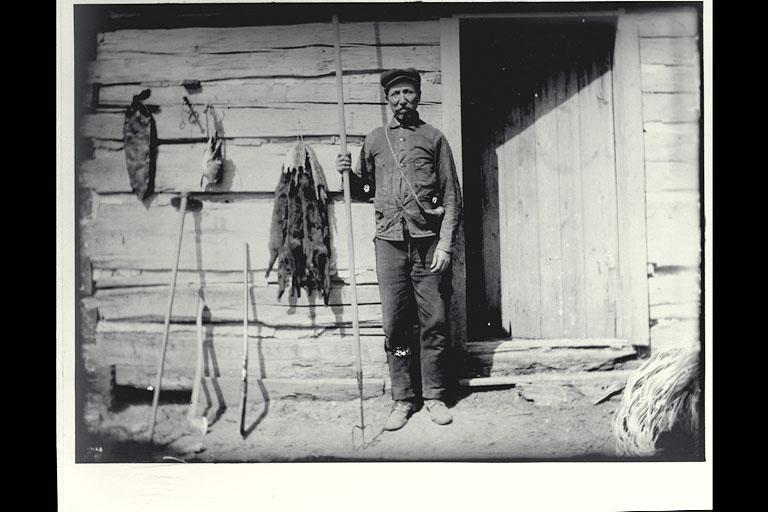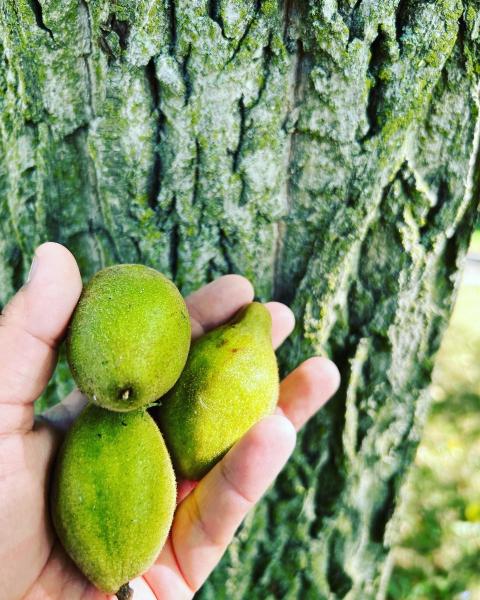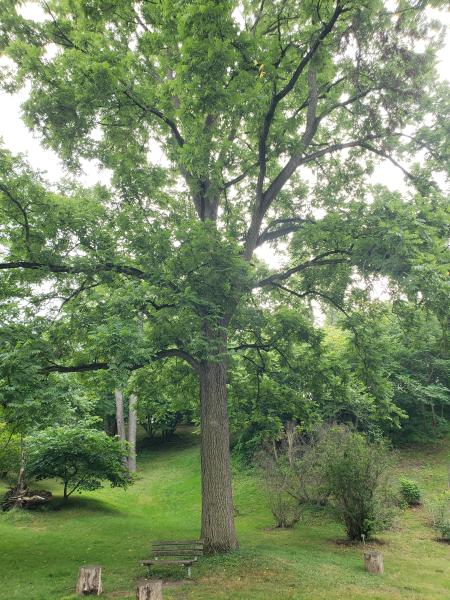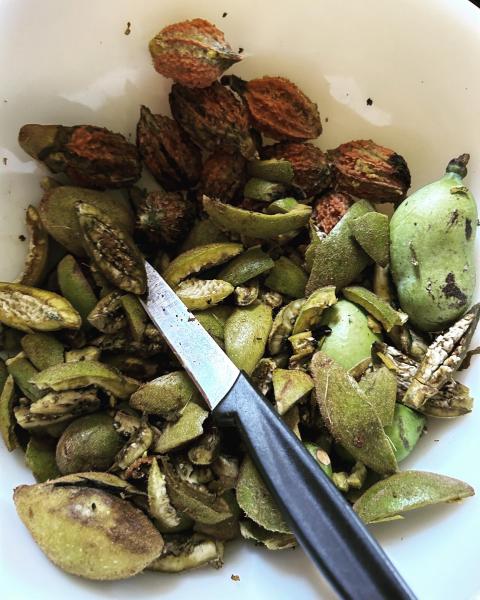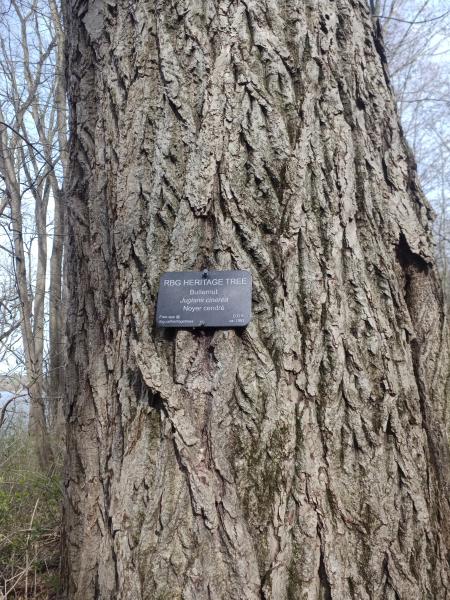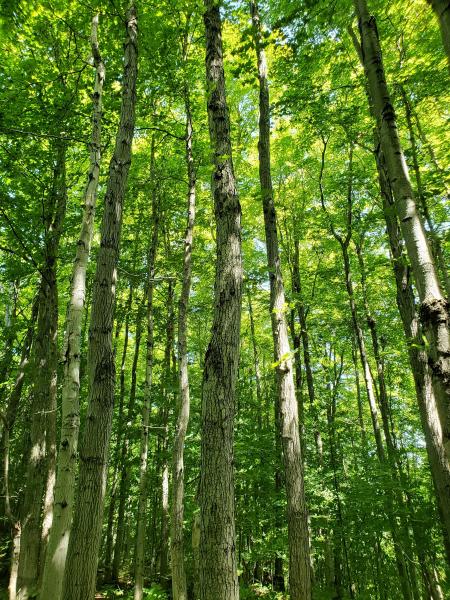
Names and Their Meanings
Butternut - Juglans cinerea
Black Walnut - Juglans nigra
Butternut
Description
In the 1910’s, Chief John Arthur Gibson described to Frederick Wilkerson Waugh that both Butternut and Black Walnut were “plentiful along the Grand River and in neighborhoods,” and that they were used extensively for food and dye. For foods, he described Butternut as being mixed with other nuts and cornmeal, and either beans or berries and made into bread. Butternuts were made into a kind of gravy, too. Black Walnut was used as a green or brown dye, depending upon the age of the walnuts and hulls.
Conservation Status
In Ontario S2 (Imperilled), Québec S1 (Critically Imperilled) and New York S4 (Apparently Secure)
Black Walnut
Description
Alyssa General described that she learned from her cousin that you can make a kind of sun tea out of walnut hulls that have fallen to the ground (unnecessary to dry them first, just put them in water in the sun). These can be used in shallow streams without a lot of movement to temporarily stun fish, to get bait for fishing. Her cousin described pouring the tea into shallow water, and the minnow would be temporarily paralyzed, and he would get baitfish. She also learned from family and culture that the hulls can be used as an anti-parasitic medicine and for dye. Indeed, Black walnut hulls are widely sold on the market as an anti-parasitic herbal medicine.
Conservation Status
In Ontario S4 (Apparently Secure), and New York S5 (Secure)
